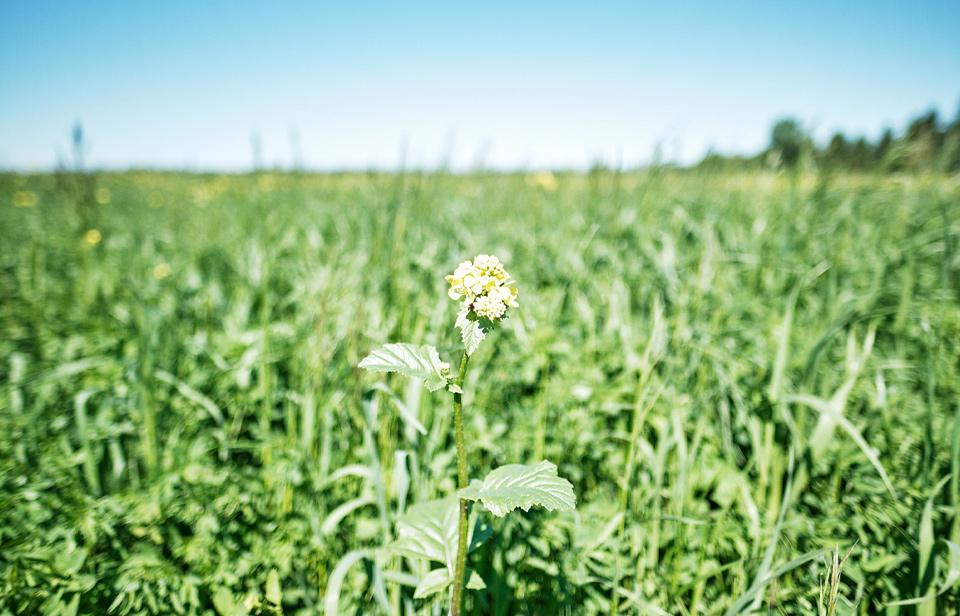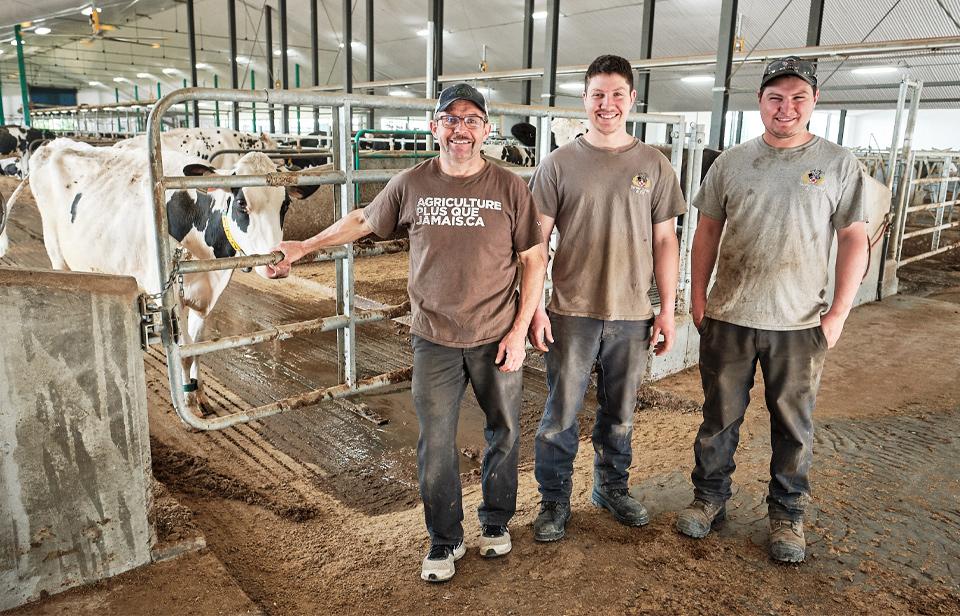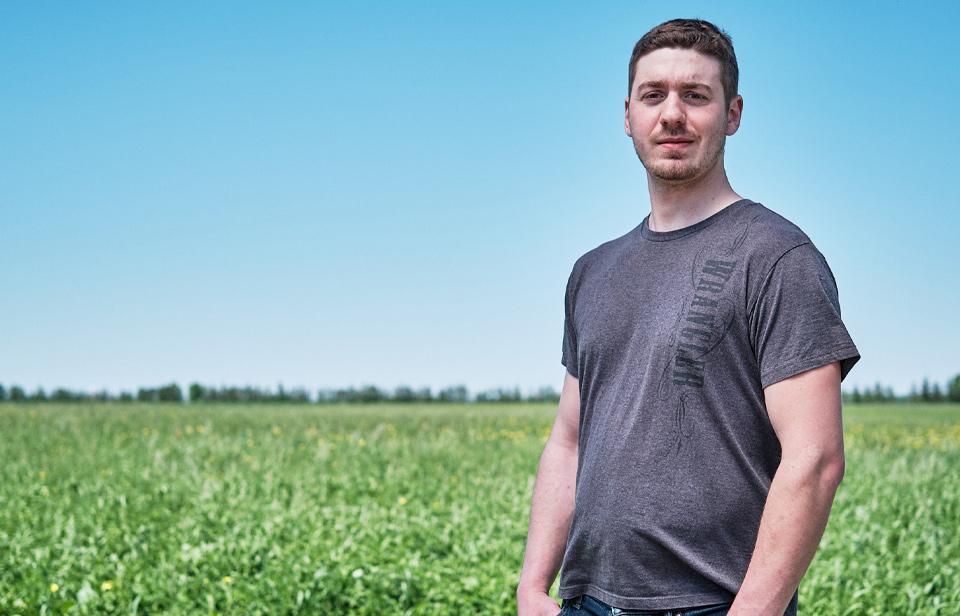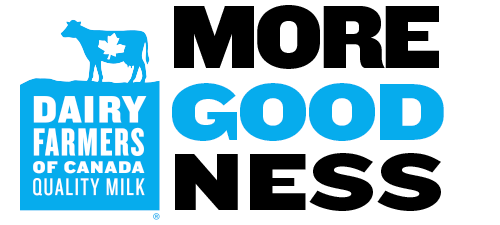Highlights
- Canadian dairy farmers are keen on adopting sustainable farming practices.
- Canadian milk’s carbon footprint has decreased by 9% in the 10 years.
Climate change is not just a hot topic for those making a living from agriculture. Canadian farmers are often the first to see the impact of changing weather patterns as the success of crops depends on temperature, rainfall, soil conditions, and so on, all of which are affected by environmental and climate shifts. Farmers’ livelihoods hinge on bountiful crops and on the well-being of animals. That is why farmers agree on one thing: adopting more sustainable practices to protect agricultural soils so they can continue to produce food for future generations.

Lowering the environmental impact of milk
Canadian farmers have done a lot to conserve natural resources and safeguard the land they work on. As most Canadian dairy farms are family-owned and want to pass down the land to future generations, thinking long term – several generations long - is key!

In order to preserve the land, farmers take various steps to reduce agriculture’s environmental impact. One of these centres around improving manure management practices to reduce emissions of methane, a greenhouse gas. Another regular farm practice is crop rotations, which is a system for planting that helps maintain soil health by selecting different crops to grow on the same land year after year. Furthermore, the adoption of precision agricultural technologies helps improve efficiency and increase yields while lowering the use of natural resources and energy.

Sustainability by the numbers
The steps taken have already begun to show improvements. The production of one litre of milk in Canada emits less than half the greenhouse gas emissions compared to the global average. Moreover, from 2011 to 2021, the carbon footprint of a litre of milk is down 9%. Farmers want to continue working to produce Canadian milk with fewer resources.
The journey towards a greener, more sustainable future for Canadian dairy farms is an ongoing one. Improvements in precision agricultural technologies and research will continue to fuel changes that further reduce the environmental impact of farming.
Sources
Groupe AGÉCO (2024). Environmental Life Cycle Assessment of Canadian Milk.




